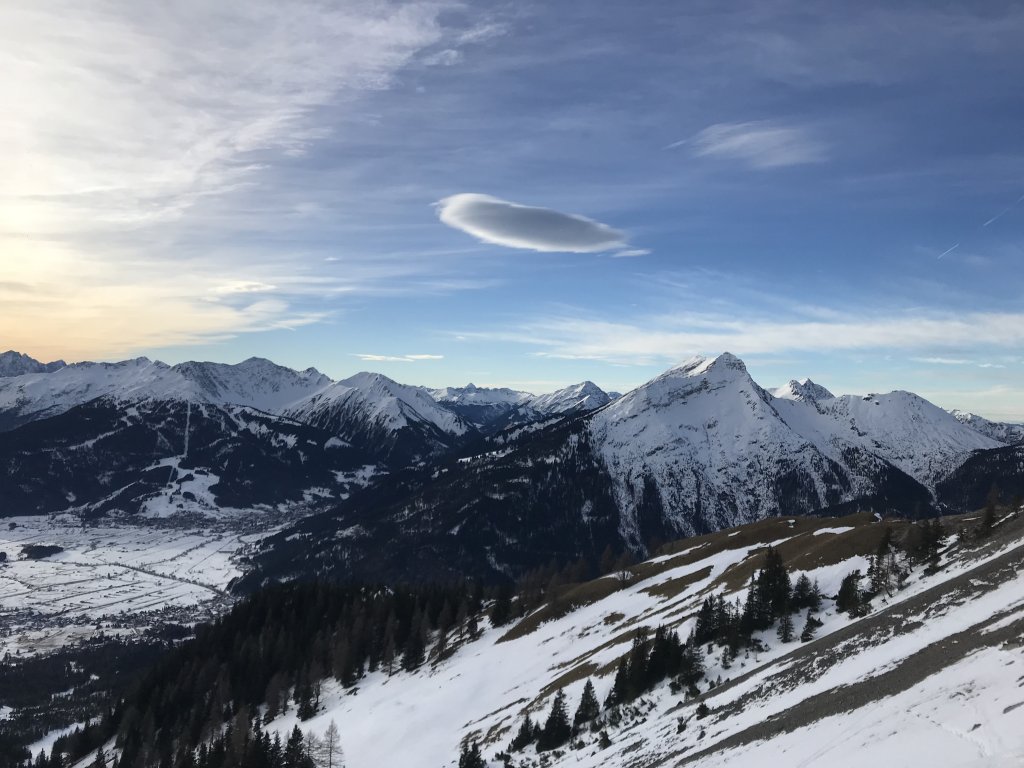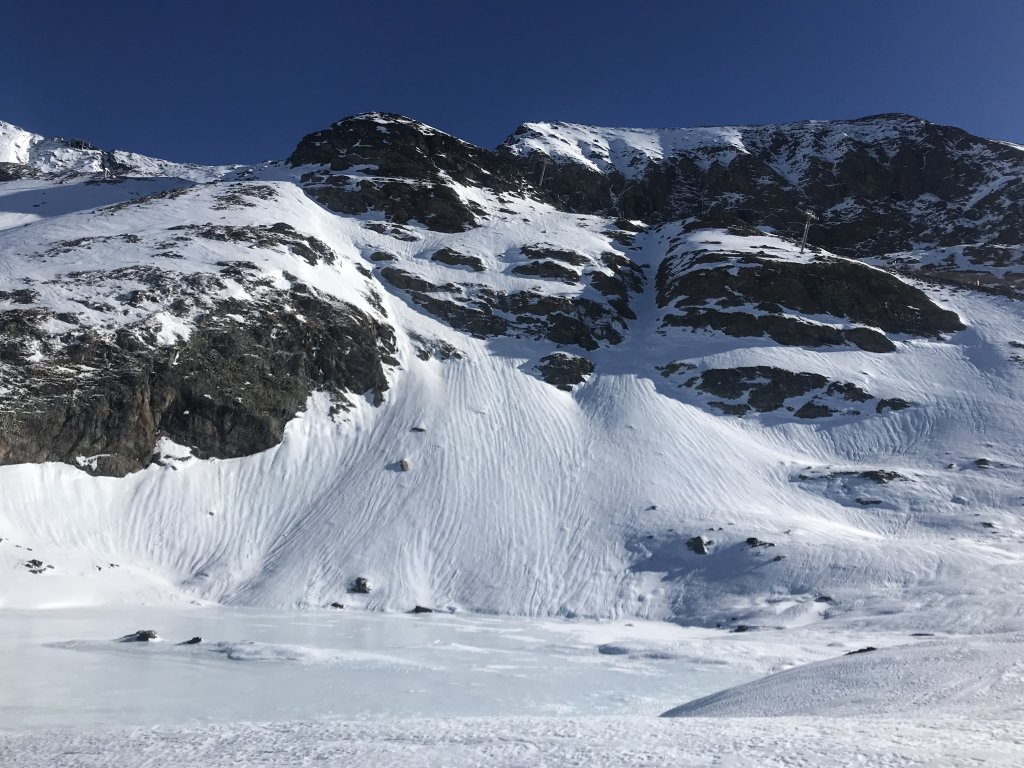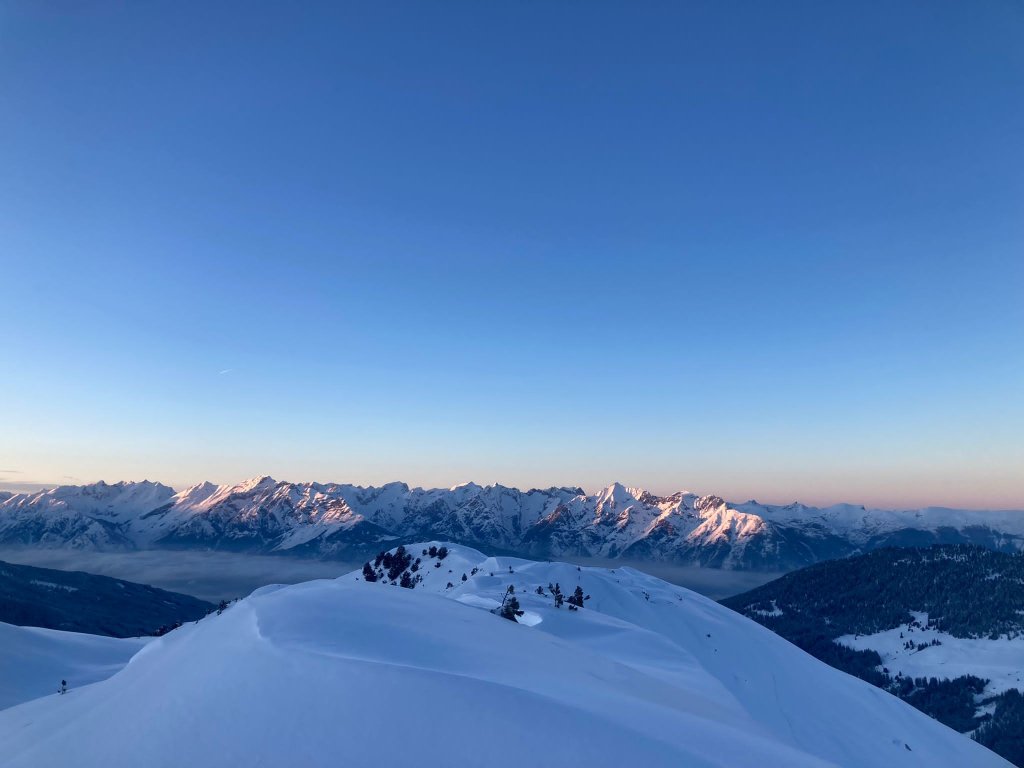The Christmas thaw
This mild, wet weather period occurs in Central Europe between 15 December and 15 January in just under seven out of ten years and is referred to as a climatological singularity or recurring weather event. In meteorology, a singularity is generally understood to be a rare but recurring short-term weather event in a particular region. One trigger for the Christmas thaw can be the onset of the polar night in Scandinavia at the end of November. Due to the lack of sunlight, a cold high forms. If this is displaced by an easterly current, this can open the way for warm, humid air from the west and south-west. This brings rainfall and mild temperatures. The precipitation can reach up to summits. Due to the frozen ground, there is no possibility of seepage, which is why the precipitation turns into surface runoff and leaves behind typical structures in the snow, such as melt channels (see image). Although the occurrence of this singularity is statistically significant, its calendar link is not so strong that it can be used for weather forecasting. In addition, it is difficult to clearly explain such singularities in a region such as Europe, as temperatures and precipitation are subject to strong interannual (periodic) variability. In the Alps in particular, the complex orography can also lead to local effects.



